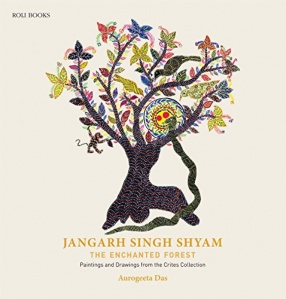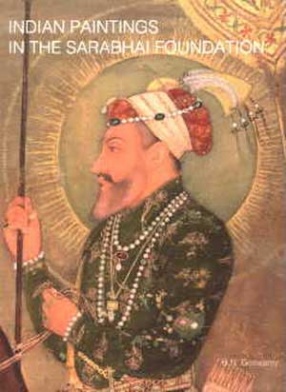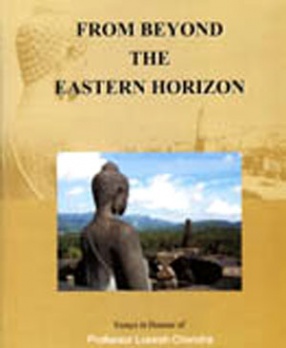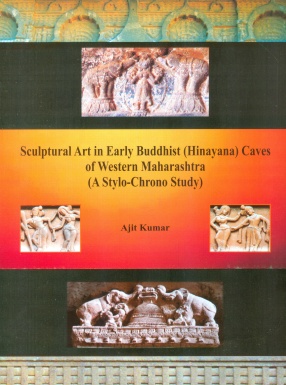The rare bond between a painter and a collector develops to the benefit of both, each making the other richer over time. Such was the bond between Jangarh Singh Shyam and Niloufar and Mitchell S. Crites, who were among Jangarh’s major patrons from the 1980s, when few were interested in the art form that Jangarh fathered, which generations of Gond artists would follow. Jangarh’s spark — which came from his artistic genius, his passion for Gond deities and his non-conformist approach — was kept alive by patrons like Crites, who nurtured these qualities with great care.
This book explores these and various other aspects in the career of an artist who died too early, before his spark could be fanned into a steady flame. Dr. Aurogeeta Das closely examines the huge body of work Jangarh left behind in The Crites Collection, enriching her study with references to works in other private and institutional collections, such as Bharat Bhavan’s in Bhopal. As such, she captures early practices of collecting contemporary folk and tribal art in India.
Jangarh Singh Shyam was born in the early 1960s to an impoverished, indigenous family in rural, central India. He flew into and out of the Indian art scene like a bright, yet elusive bird. Nurtured by the renowned artist J. Swaminathan at Bharat Bhavan, the multi-arts centre in Bhopal, Jangarh rose to prominence after participating in a seminal exhibition in Paris. After a relatively brief career spanning 20-odd years, he committed suicide in Japan, while on an artist residency in the remote Niigata Prefecture. His work, which arguably defied established art historical categories and inspired a contemporary school of indigenous painting, continues to attract admirers within India and abroad.
Exploring his aesthetics, thematic engagements and art historical relevance, this book focuses on Niloufar and Mitchell S. Crites’ collection of Jangarh Singh Shyam’s paintings and drawings in New Delhi. Photographer: Robyn Beeche.





There are no reviews yet.